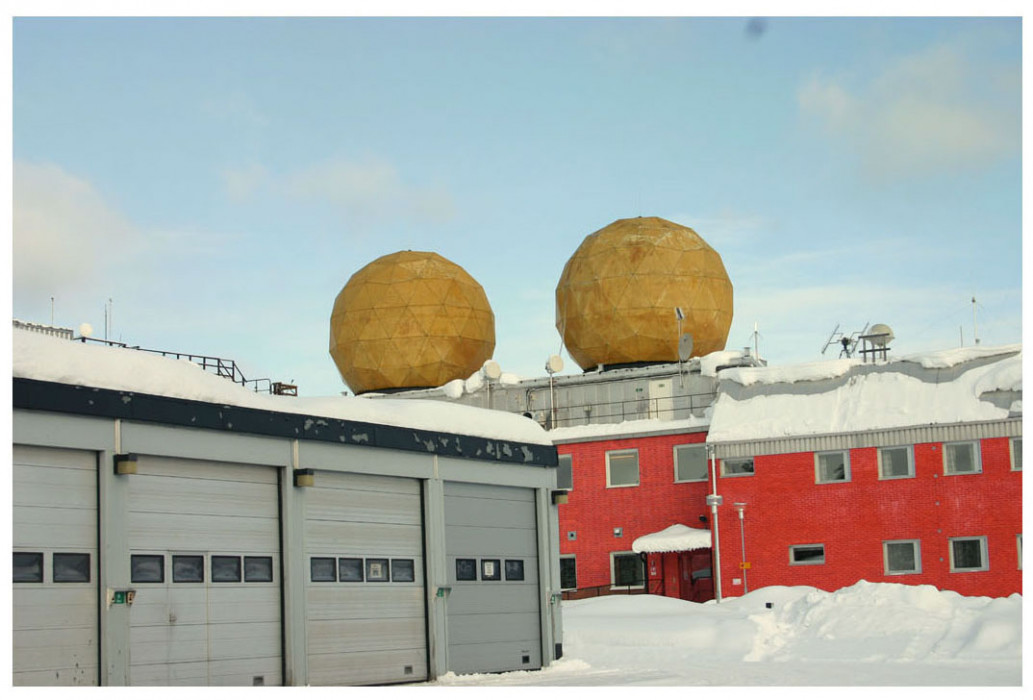Rosa Barba, Vertiginous Mapping
Launch date: May 29, 2008, Artist Web Projects
Overview
In Vertiginous Mapping, Barba presents a collection of film, images, texts, and audio that she compiled and created about a fictional country, Forgotten, whose story is woven together and presented via five locations.
Sound is an essential element of the work, please adjust your volume accordingly.
Special thanks to Pravin Sathe for programming, Adam Butler for chapter music, Jan St. Werner for film music and field recordings, and Teddy Hultberg for assistance in Sweden.
Funding for this series has been provided by the New York State Council on the Arts, the Kunststiftung NRW, and the Mondriaan Foundation, Amsterdam.
For Vertiginous Mapping, her first web-based project, Rosa Barba draws upon a collection of film, images, texts, and audio that she compiled and created while on a residency in Sweden in the Spring of 2008, weaving together facts and footage with fabricated elements to invite the viewer on a pleasantly perplexing journey through a fictionalized country named Forgotten. North of the Arctic circle, Barba shot 16mm film in a city that must be relocated due to ground instability caused by massive mining in the area. A large crack in the ground (seen in a film of a computer simulation as a red line dividing the city) will overtake the community in 15 years if the current rate of mining continues. The actual city, renamed by Barba to Alkuna ("Nordic mythology") was built in the 1950s as a highly-planned, climate-adapted, model community, where building was successfully coordinated with terrain in order to mitigate the cold winds.
While exploring the municipal archives, Barba discovered documentation of another successful planning initiative: Sweden's shift from driving on the left to the right side of the road. Ostensibly a symbolic gesture of unity with the Common Market, Barba suggests the initiative was a diversion technique by UFO-SD, the mining company that in many ways controls the fate of the area. Despite an obvious anachronism (the footage is from 1967), Barba weaves it together with an air of conspiracy, suggesting a well-orchestrated attempt to redirect local and international attention from the distressing task of relocating the city.
The mining company, whose name and primary product have been altered by Barba, becomes a central character in the web project. As in any area where a single corporation dominates the local economy, it plays the roles of benefactor and potential foe simultaneously. Barba's stills and film footage taken in the mine and the surrounding area reveal breathtaking scenes: the black and white images taken in the mine are otherworldly, as are the images that divulge the magnitude of the mining operations dominating the landscape. Shots of control facilities and massive satellite receivers reinforce the feeling of veiled conspiracy. Alkuna's crack - a literal, physical threat - serves as an appropriate metaphor for unchecked corporate power, while the traffic shift from left to right suggests an ironic parallel to political ideologies which, when under pressure, could reverse.
Barba's footage is shot handheld with 3-minute reels. Her films suggests impassivity, almost casual observation in the style of documentary filmmaking. The soundtracks, made in collaboration with Jan St. Werner and Adam Butler, add another layer of speculation rather than directing emotional responses.
Barba has an interest in unusual sites or unlikely situations. In her own words, her filmic vision is "attracted by monumental leftovers, with a weakness for margins, interstices and interludes, and for remote architectural objects which have lost sight of - although not completely lost - the human." The locations portrayed in her previous works range from military test sites in the Mojave Desert, to concrete igloos in the woods near Mount Vesuvius awaiting catastrophe to fulfill their purpose, to an island whose inhabitants are attempting to stop the seaward drift of their homes. Impending menace is present in many of her works, but it is often punctuated by relics of modernist faith in technology or progress. Is her fictional county named Forgotten to remind us of an era when habits as entrenched as driving on a certain side could be flawlessly changed with collective effort and comprehensive planning? In an era of cynical resignation to situations ranging from corrupt government to climate change, it seems like an idea, or an ideal, worth remembering.
Artist
Rosa Barba
Rosa Barba was born in Sicily in 1972. She lives and works in Berlin.
